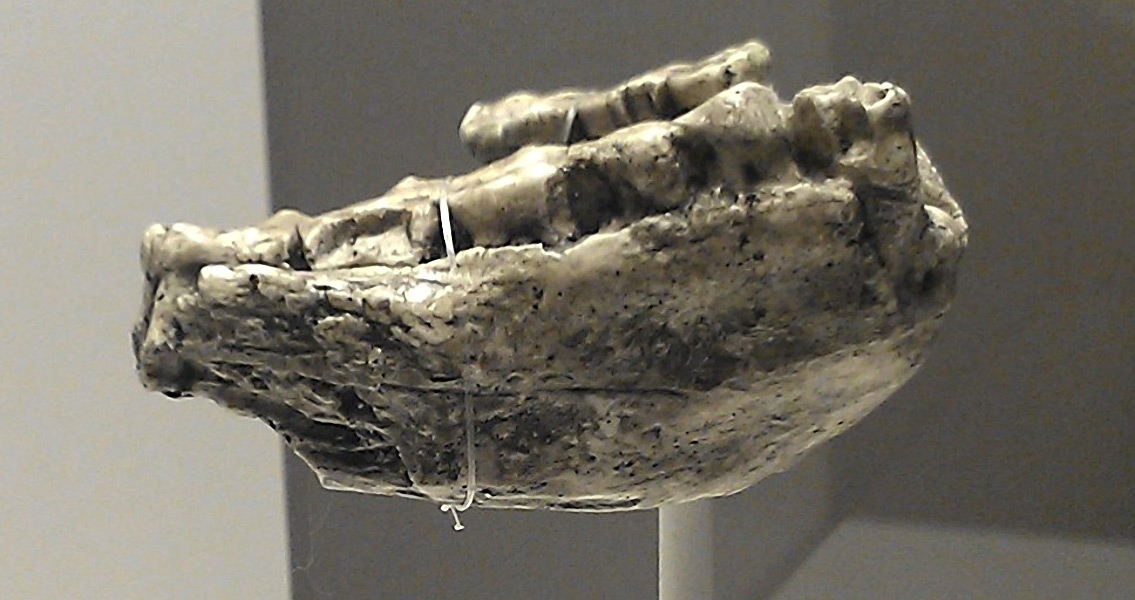<![CDATA[American scientists studying a jawbone fragment found in Ethiopia two years ago have suggested it comes from a missing link between the family to which Homo sapiens belonged, and their direct predecessors. The bone has been dated as originating 2.8 million years ago, which makes it the oldest fragment from the Homo family, of which we are now the only remaining species. The second oldest, dubbed A.L. 666-1, has been dated to 2.3 million years ago. The Ethiopian fragment was discovered in a research area called Ledi-Geraru. Besides its age, it is particularly valuable because it includes five teeth, which allowed experts to find common characteristics as well as marked distinctions between the individual it belonged to and fossils from Homo’s direct ancestor, the Australopithecus. The most famous Australopithecus fossil is 'Lucy', discovered in the 1970s and dated to 3 million years ago. According to one of the authors of the study on the Ethiopian jawbone, it combines some features that were found in Lucy, with others that are characteristic of the Homo family. William Kimbel, from Arizona State University, says that the bone’s receding chin belongs to the Australopithecus species, while the position of the teeth is that of a Homo species. Interestingly, the Homo jawbone was found near the site where Lucy was discovered. The fossil was dated through an analysis of the volcanic ash layers found above and below it, but this has not helped the scientists establish whether the jawbone belonged to a human species that they already know, or a completely new one, says another of the study's authors, Brian Villmoare from the University of Nevada. He explained that the dating method involved calculating the stages of decay which radioactive elements in the ash go through after a volcanic eruption. In addition to the anthropological characteristics of the individual to which the bone belonged, examination of the setting in which it was found has told researchers quite a bit about the environment in which these ancestors of ours used to live, possibly suggesting what spurred the evolution of the Australopithecus into the Homo species. The area used to be made up mainly of grasslands and low-growth tree vegetation. It had abundant water resources, which coupled with the rich fauna, sustained the people living there. Earlier research revealed it is likely that around 2.8 million years ago the Earth underwent drastic climate change which stripped large areas of Africa of water and vegetation. This increased aridity is believed to have caused evolutionary changes in a host of mammal species, and could be an explanation of the “patchwork” characteristics of the fossil. However, one of the study's authors, Kaye Reed from the University of Arizona, notes it is still too early to conclude that it was the changed climate which drove the emergence of the Homo family of species. The team will continue studying the Ledi-Geraru area, in the hope of finding more fossils which could help them gain substantial insights into the early evolution of the human species. While those involved in the research are excited about its latest results, some scientists reserve the right to be skeptical. One of them is Christoph Zollikofer, an evolutionary biologist with the University of Zurich, who told media that it is still too early to proclaim that humankind had originated earlier than previously believed. Like the US team, he insists that more fossils are needed before any conclusive results emerge. Image courtesy of Wikimedia commons user: Nachosan ]]>
Jawbone Fossil Analysis Could Push Back Human Origins
